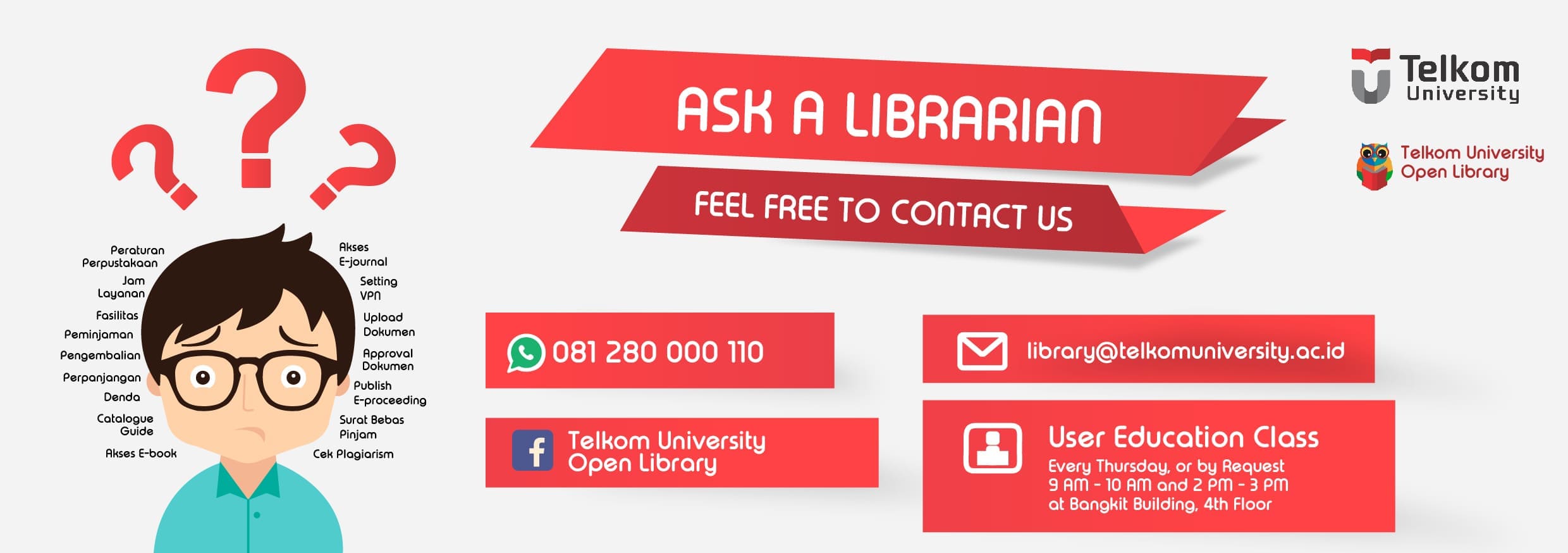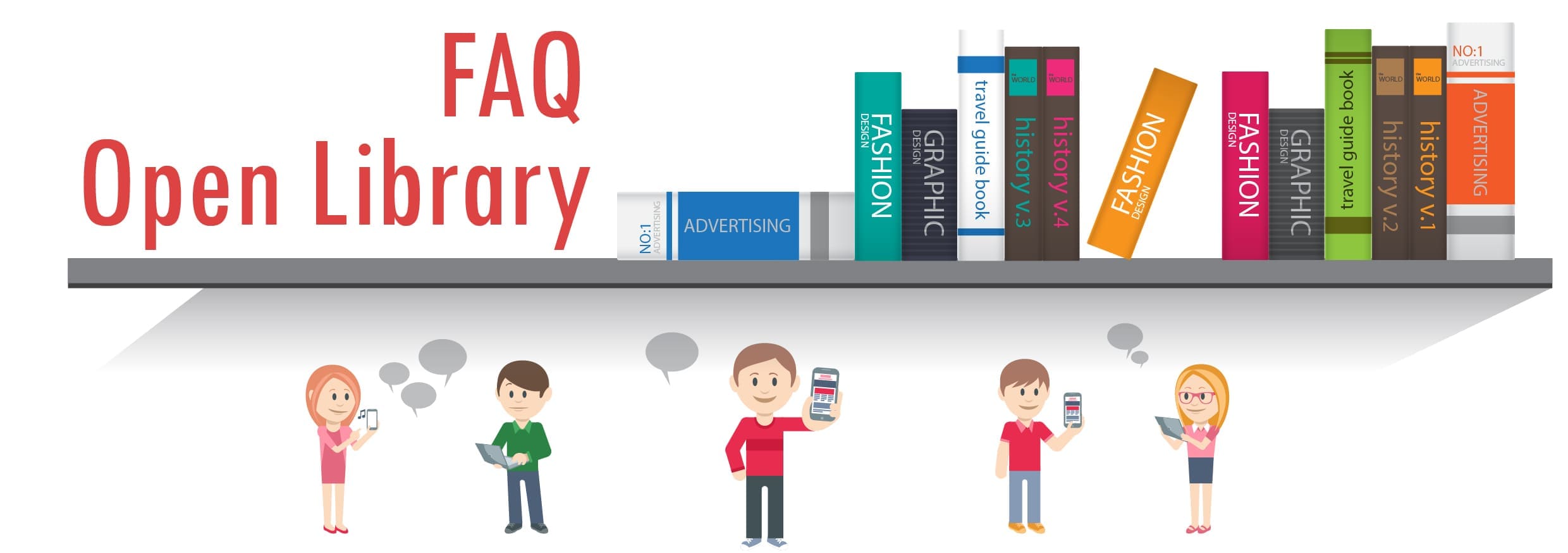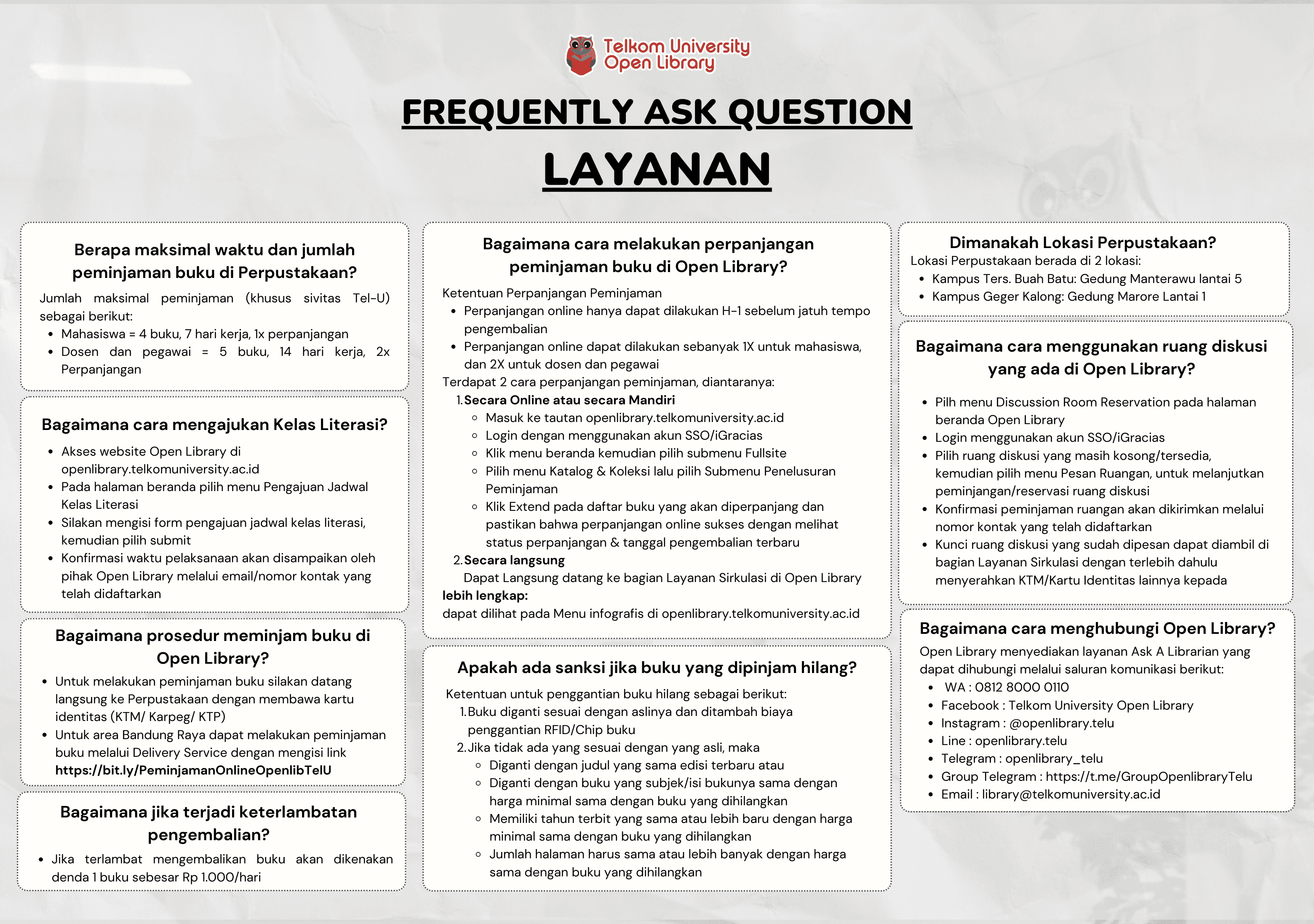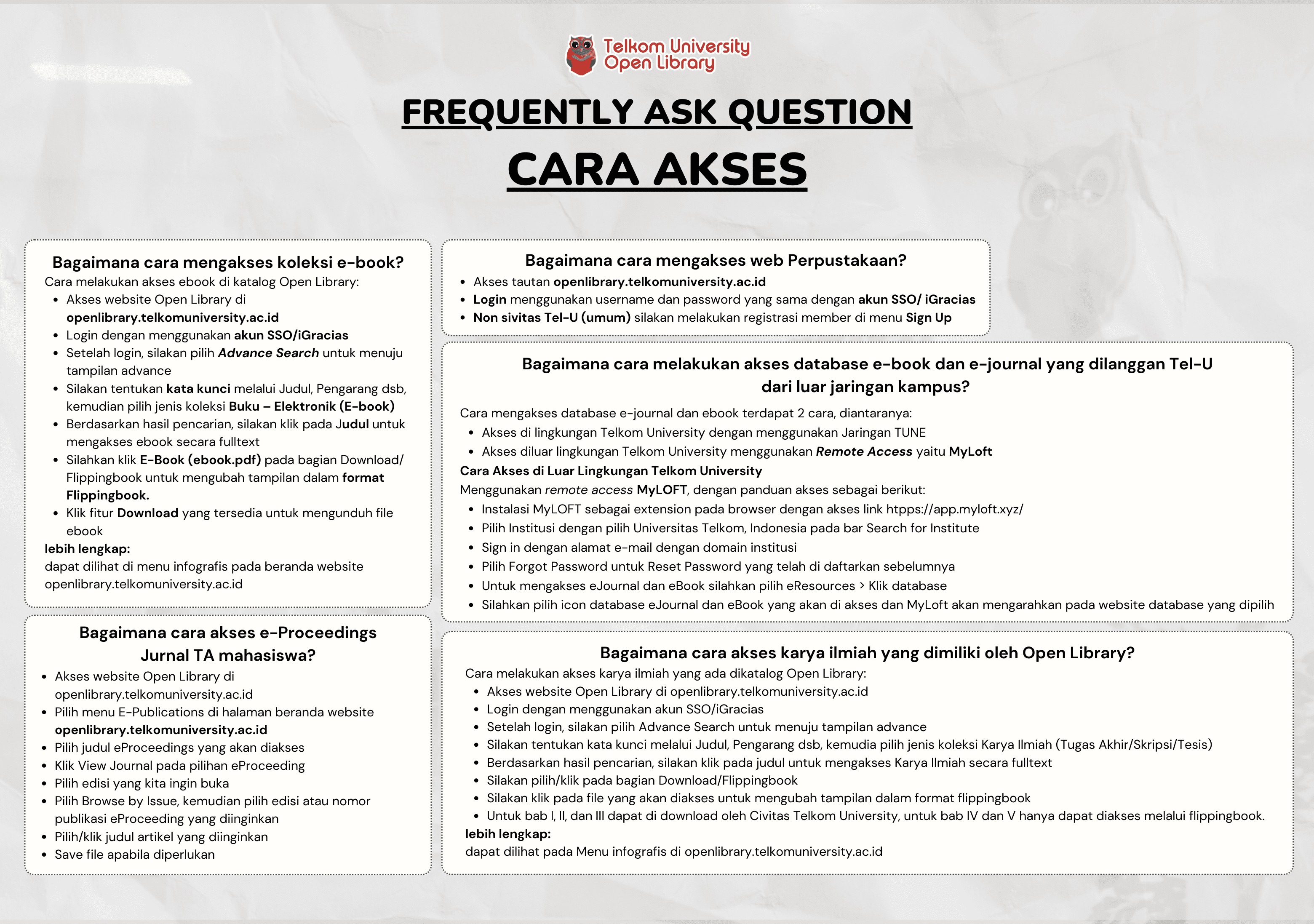Sustainable Operations and Closed Loop Supply Chains, Second Edition
Gilvan C. Souza

Informasi Umum
Kode
19.21.380
Klasifikasi
658.7 - Management of Supplies
Jenis
Buku - Elektronik (E-Book)
Subjek
Supply Chain
No. Rak
Dilihat
354 kali
Informasi Lainnya
Abstraksi
This book is targeted to MBA students, executive MBA students, and middle to upper level managers in general (especially in executive programs). The book can be viewed as firm’s journey toward sustainability, starting from zero. A firm that wants to be sustainable considers the triple bottom line when making decisions: it considers economic (profit), environmental (planet), and social (people) impacts when making decisions. By focusing on the triple bottom line (3Ps), the firm ensures a steady supply of inputs such as raw materials and labor. The first step toward sustainability is aimed at reducing waste in operations, with the help of such tools as lean and six-sigma (Chapter 3). The firm then performs a life cycle assessment (LCA) for each of its main products and processes. LCA is a methodology designed to assess the environmental impact (such as energy consumption and toxicity) of a product or process through its life cycle: raw material extraction, transportation, manufacturing, packaging and distribution, use by consumers, and end-of-life. With a better understanding of the major impacts, the firm then implements actions that reduce its environmental impact (which in many cases also improves the economic bottom line), that is, the firm aims to be eco-efficient. Examples here include 3R (reduce, reuse, recycle) initiatives, implementing an ISO 14000-certified environmental management system, reducing the firm’s carbon footprint through energy sourcing from renewable sources, and green buildings, such as LEED-certified buildings (chapters 4 and 10). The final step in the journey toward sustainability is to close the loop. To close the loop, the firm starts by designing efficient packaging, designing products for multiple life cycles (as in design for remanufacturing), or designing products according to a Cradle-to-Cradle® philosophy, which ensures no use of toxic materials, ease of disassembly, and 100% upcyclability (Chapter 5). A firm that wants to close the loop may consider a servicizing model, where the firm sells a service as opposed to a product (Chapter 6). The firm must design its closed-loop supply chain, which includes a logistic network to collect products post-consumer use—in some cases, mandated by take-back legislation (chapter 2); in other cases a result of its servicizing model—remanufacture or recycle them, and remarket remanufactured products (Chapter 7). Finally, a firm does not operate in isolation, so it should also implement sustainability in its supply chain. It is thus important to understand ecolabels, and the role of independent and credible third-party certifications (Chapter 8). Finally, the book concludes with a chapter dedicated to the other P of sustainability—people, with some examples of firms that invest heavily in the social bottom line, and the concept of shared value creation (Chapter 9).
Keywords carbon footprint, circular economy, closed-loop supply chains, Cradle- toCradle design, design for environment, ecolabels, environmental product differentiation, green supply chains, ISO 14000, lean manufacturing, leasing, LEED, life cycle assessment (LCA), remanufacturing, renewable energy, shared value creation, Sustainable operations, take-back legislation.
Koleksi & Sirkulasi
Tersedia 1 dari total 1 Koleksi
Anda harus log in untuk mengakses flippingbook
Pengarang
| Nama | Gilvan C. Souza |
| Jenis | Perorangan |
| Penyunting | |
| Penerjemah |
Penerbit
| Nama | Business Expert Press |
| Kota | New York |
| Tahun | 2018 |
Sirkulasi
| Harga sewa | IDR 0,00 |
| Denda harian | IDR 0,00 |
| Jenis | Non-Sirkulasi |




















